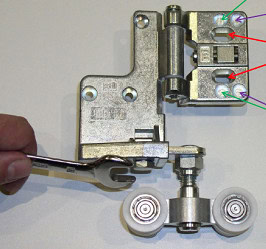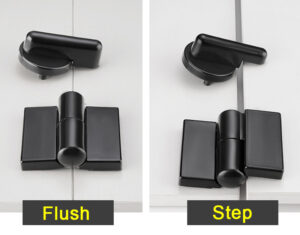In the complex world of mechanics and devices, small components often play pivotal roles. One such unsung hero in many mechanisms is the “Double Pin Hinge”. For those unfamiliar, this may seem like a mere tool or accessory, but in reality, it’s a significant piece in various applications.
Double Pin Hinges are a type of hinge mechanism featuring two pivot points, allowing for more flexibility and movement. They are widely used in many different fields outside of furniture and decoration, from aviation to robotics.
Understanding this hinge is essential for those keen on delving into the intricate workings of mechanisms. Let’s embark on this enlightening journey to explore eight key facets of Double Pin Hinges.
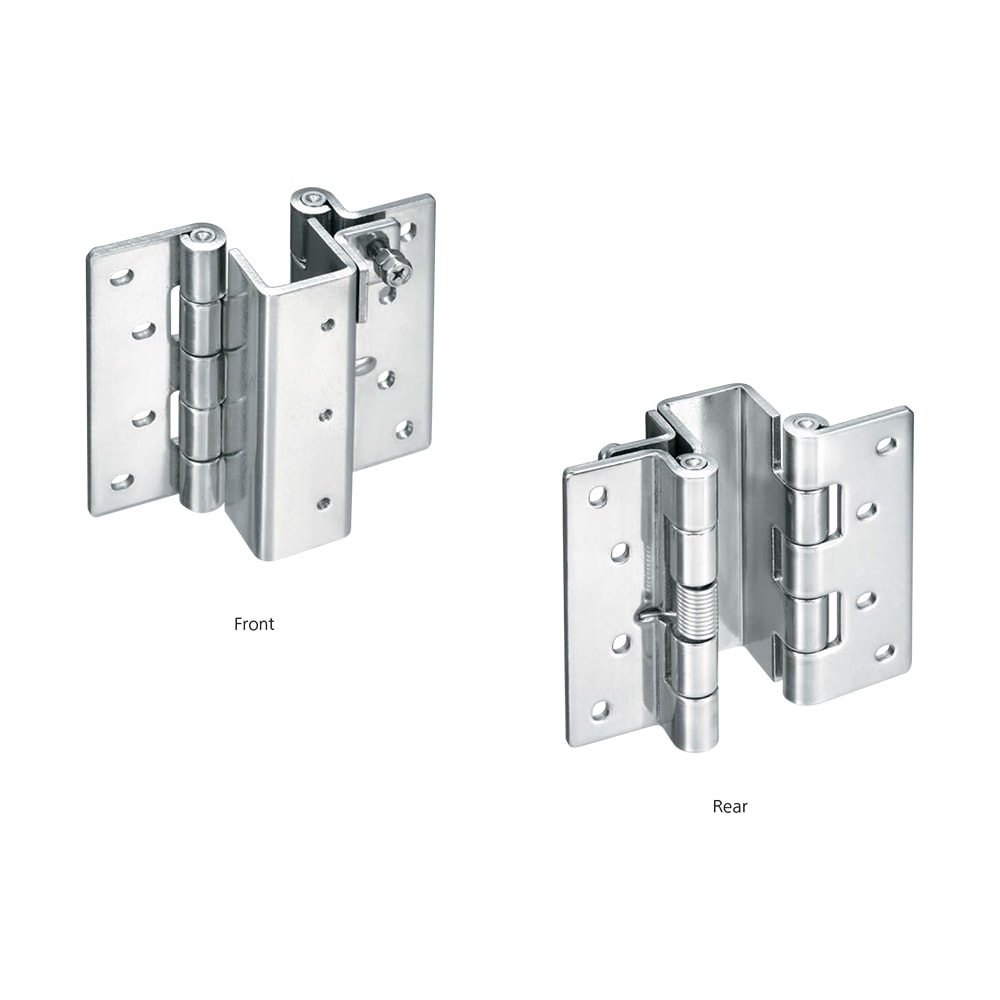
Evolution and Origins
Historically, hinges have always been essential for motion and connection in various mechanisms. The need for greater flexibility and adaptability led to the development of the Double Pin Hinge. It wasn’t an overnight invention but a result of observing failures and limitations of single-pin hinges in certain applications.
The Double Pin Hinge was a solution to many of these challenges, presenting two pivot points instead of one, enabling a wider range of motion. The origins of such hinges trace back to the need for advanced articulation in machinery.
Material Selection
Material plays a crucial role in determining the strength, durability, and functionality of the hinge. Most Double Pin Hinges are made from metals such as steel, brass, and sometimes aluminum due to their strength and resistance to wear and tear.
However, the choice often depends on the application. In environments where corrosion is a concern, materials like stainless steel or even plastic with anti-corrosive properties might be preferred. The material choice is a blend of necessity and optimization.
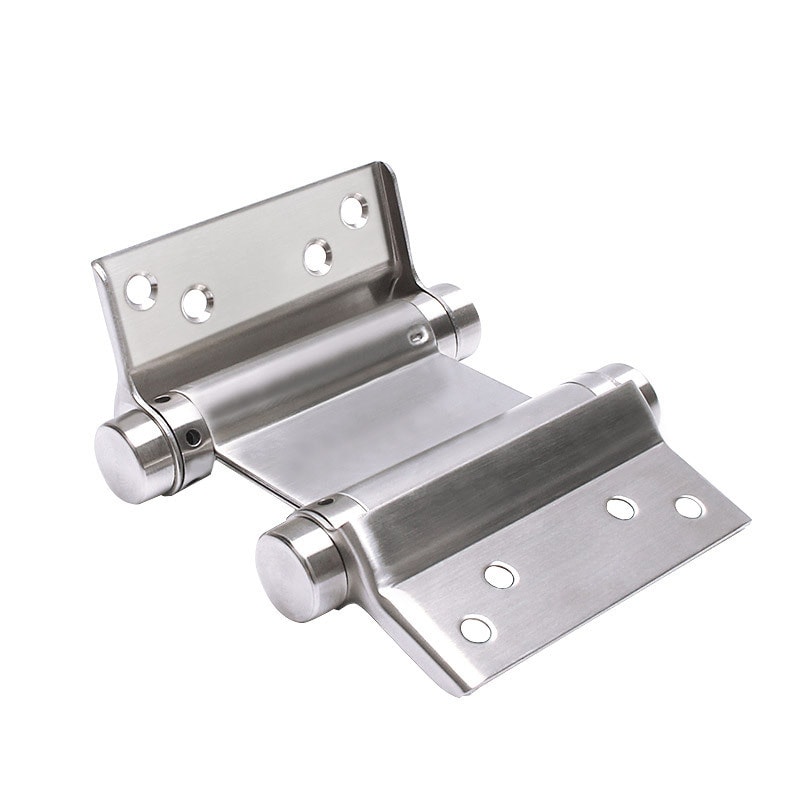
Mechanics and Functionality
At its core, a Double Pin Hinge provides a connection between two parts, allowing them to rotate about two separate axes. This unique dual pivot point configuration enables a broader and more intricate range of motion compared to traditional hinges.
The mechanics of this hinge is such that the two pivot points distribute load and stress more efficiently. It means that in applications requiring dynamic movement, the hinge can adapt without compromising on its structural integrity.
Applications Outside Furniture
Moving away from furniture and architecture, Double Pin Hinges find their relevance in areas like:
- Aviation: Used in the construction of aircraft components where precision and flexibility are key.
- Robotics: Essential for robots requiring a high degree of articulation in their limbs or parts.
- Medical Devices: Implemented in tools and devices where precise movement is a must.
This proves the versatility and adaptability of the Double Pin Hinge in various domains.
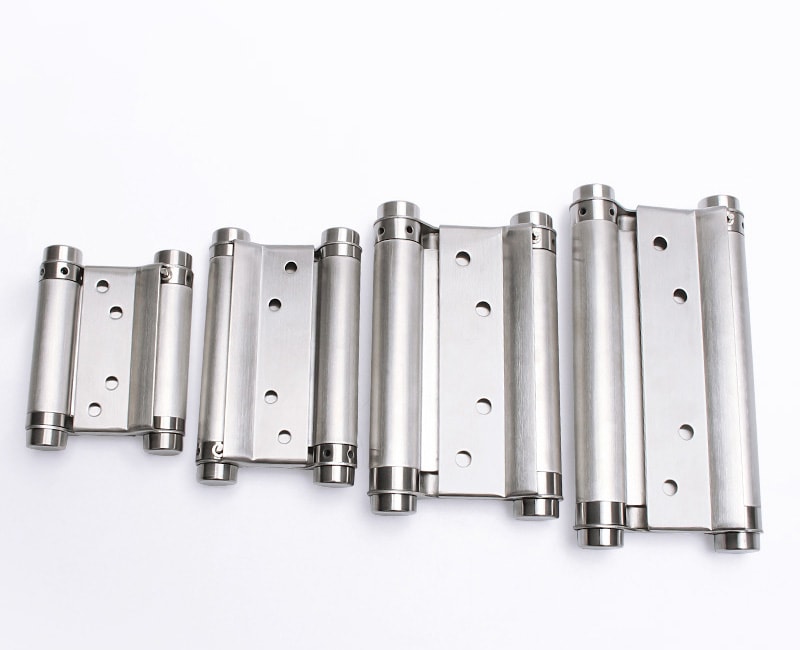
Advantages Over Traditional Hinges
The introduction of an extra pivot point offers several advantages. It provides increased flexibility, allowing for movements that a single pivot hinge can’t achieve. This means more intricate rotational motions are possible, and beneficial in applications demanding precision.
Furthermore, these hinges often exhibit better weight distribution. The dual pins help distribute the load, leading to reduced wear and tear and increasing the overall lifespan of the mechanism.
Potential Limitations
No mechanism is without its limitations. The complexity of Double Pin Hinges means they might require more meticulous maintenance. They could also be more prone to misalignments if not correctly installed or used.
It’s also worth noting that while they offer increased flexibility, they might not be suitable for every application, especially where simplicity and robustness are prioritized.
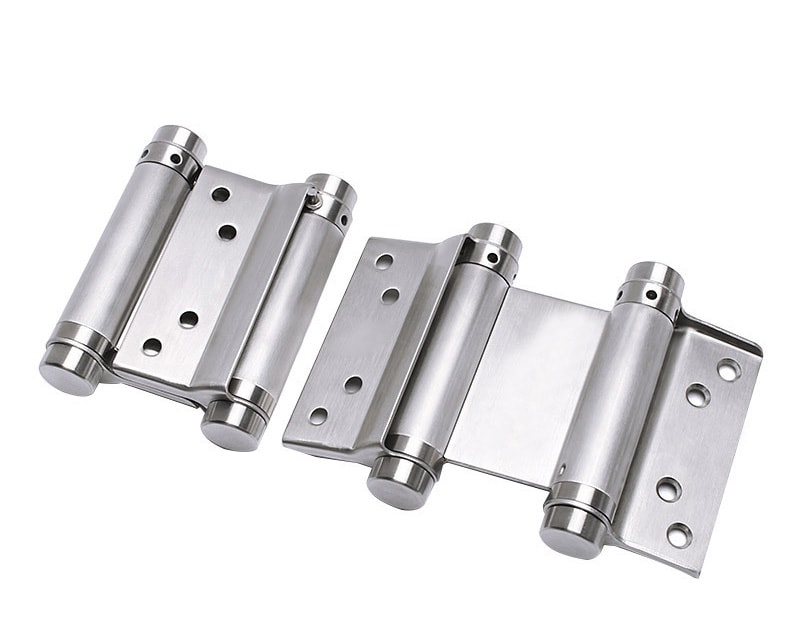
Maintenance and Care
Maintaining a Double Pin Hinge is paramount for its longevity. Regular checks for wear and tear, ensuring that the pins are aligned, and lubricating the moving parts are essential steps.
In environments exposed to elements, ensuring that the hinge is free from rust and corrosion is vital. Proper care not only enhances the hinge’s life but also ensures optimal functionality throughout its use.
Conclusion
The Double Pin Hinge, though seemingly simple, is a marvel in the world of mechanisms, offering versatility, flexibility, and resilience. As we’ve journeyed through its various facets, it’s evident that its utility stretches far beyond the realms of furniture and decoration, cementing its importance in numerous applications.
You might also be interested:

